Villa De Laak is a familiar sight for many Eindhoven residents, but not many people are aware of the rich history of this monumental villa on the corner of Parklaan. World-famous figures and members of the Dutch royal family have been guests here, it was Frits Philips’ childhood home, and it was regularly the setting for business meetings at which important decisions were made.
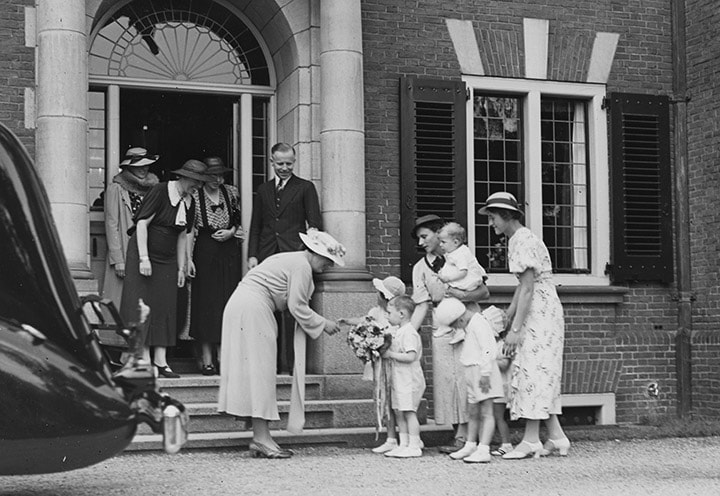
Impressive family home Anton Philips had been purchasing parcels of land in the area traversed by the stream ‘De Laak’ since 1903. Anton was a very clever businessman and, together with his brother Gerard and father Frederik, he made Philips a profitable company in just a short space of time. In 1905 he commissioned the famous architect Wilhelm Hanrath to design a stately home, and one year later work started on the construction of Villa De Laak. The result was an impressive villa built in the style of 17th century Dutch Classicism. Villa De Laak was first and foremost a family home – the home of Anton and his family. The interior was rustic with high paneling, low beams and a lot of oak wood. It was the first private household to be equipped with its own power supply and electric lighting. On the estate there were also service buildings, an orangery, a coach house, a tennis court, an orchard with a kitchen garden, and a play area for the children.
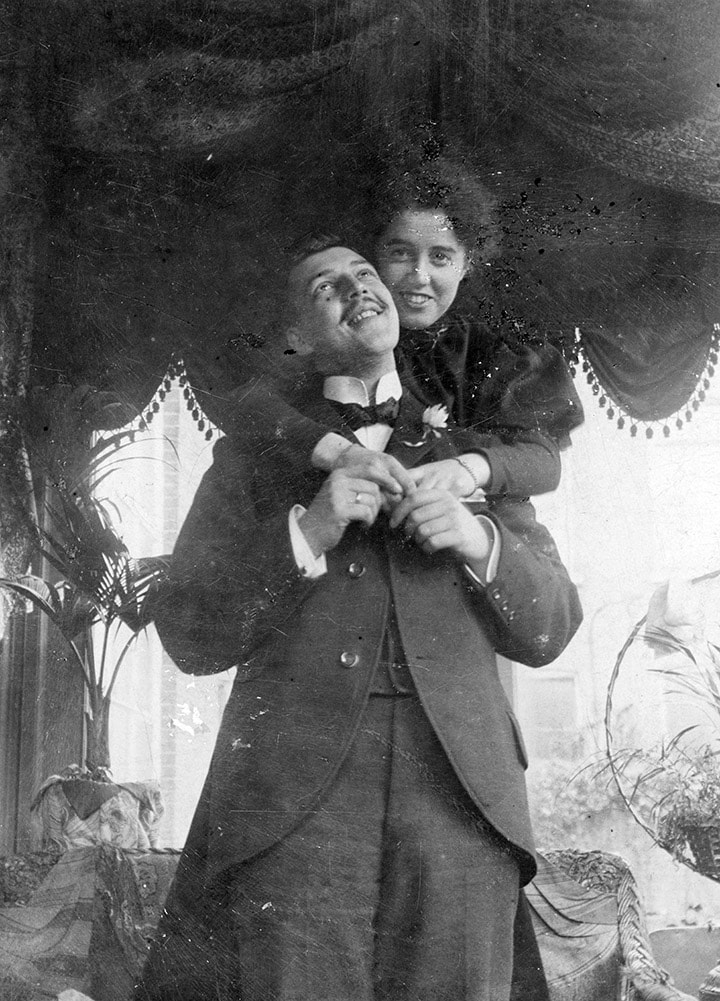
The gardens were designed by Leonard Springer, one of the most prominent Dutch landscape architects of the twentieth century. Springer designed a garden with impressive groups of trees, extensive lawns and winding pathways with exotic trees and planting, surrounded by the river Dommel. It was an oasis of calm so close to the heart of the city.
Symbol of the bond between Eindhoven and Philips Over the years Villa De Laak was also used for other purposes. During the First World War Anton’s wife Anna, who was chairwoman of the Eindhoven section of the Red Cross, was responsible for finding accommodation for tens of thousands of people who had fled the ravages of war. With no other accommodation available, she took in dozens of Belgian refugees at Villa De Laak. After the war, Villa De Laak took on a representative role, both for Philips and for the municipality of Eindhoven. Because there wasn’t a hotel in Eindhoven that was suitable for prominent visitors, business clients frequently stayed with the Philips family. Dignitaries, ministers and members of the Royal Household were also guests here.
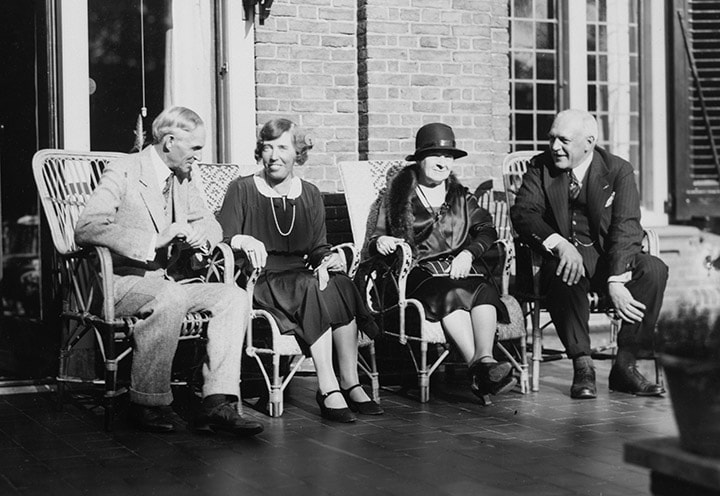
Villa De Laak also had a special significance for Philips employees. They referred to the villa as ‘the Soestdijk Palace of Eindhoven’. When there was something to be celebrated they would all file past the Philips family standing on the steps, and when the Philips football team PSV won the National Championships the members of the team were cheered on the lawn at Villa De Laak.
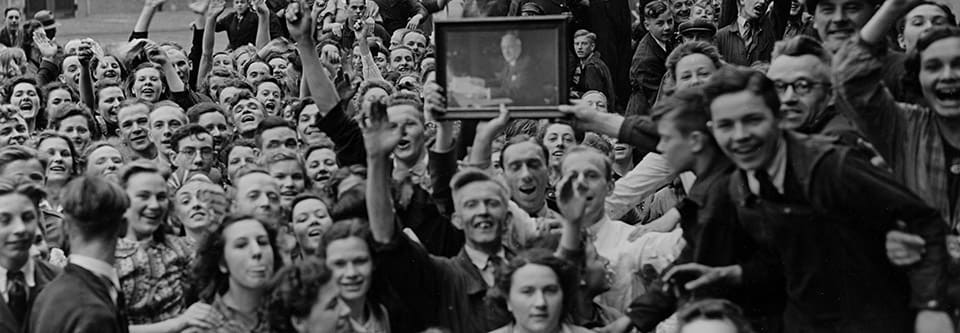
Corporate milestones, such as company anniversaries, were always celebrated together with the employees. For example, Philips’ 25th anniversary was celebrated in the inner courtyard of the factory on the Emmasingel. Anton did not like public displays of pomp and show, and he didn’t take part in high society because he felt that would set the wrong example. He showed a genuine concern for people’s personal lives and that is why the employees respected him and accepted him as a leader. Anton’s son Frits had many memories of guests staying at Villa De Laak and it was these memories that inspired him to do something about the lack of a high-class hotel in Eindhoven. Thanks to Frits and financial support from the Philips Pension Fund, Grand Hotel Cocagne was built in Eindhoven.
Involvement The Philips family did a lot for Eindhoven in an economic, social and civic sense. Anton’s plan to create a villa park around Villa De Laak together with an extensive network of streets was implemented. The company’s expansion and the arrival of highly-skilled professionals in Eindhoven had created increased pressure on the housing market. Anton sold off parcels of land to N.V. Philips and the villas that were built on this land provided accommodation for the middle and senior management. Anton also ensured that the footbridge over the river Dommel was replaced by a wider bridge, which then allowed vehicular access to the city. A primary school and a secondary school were built for the villa park, and this project was financed by Anton Philips without any government subsidy. Anton was also the driving force behind the construction of the Diaconessen hospital, which opened its doors in 1940, thanks to his financial support.
Villa De Laak in wartime During the Second World War Anton’s family and some of the company directors were evacuated, first to England and later to New York, where the Philips directors remained until the end of the war. Anton still held a leading position in the company and if he had been captured by the Germans there would have been a risk that Philips factories and sales offices outside the occupied territories could have been seized. He remained in close contact with his family and employees even at this great distance. He used to send them packages containing relief supplies from the United States. In 1940 Anton’s son Frits and his family moved into Villa De Laak because their own home had been seized by the Germans immediately after the surrender. Unlike many of the homes in the neighboring villa park, Villa De Laak had not been confiscated by the Germans during the war. Frits was the only Philips director to remain in Eindhoven throughout the war. Bombs had landed in the garden at Villa De Laak and caused damage to the building. Anton and Anna Philips returned to the Netherlands in 1945, once the damage had been repaired. They were welcomed by thousands of employees on the steps at Villa De Laak.
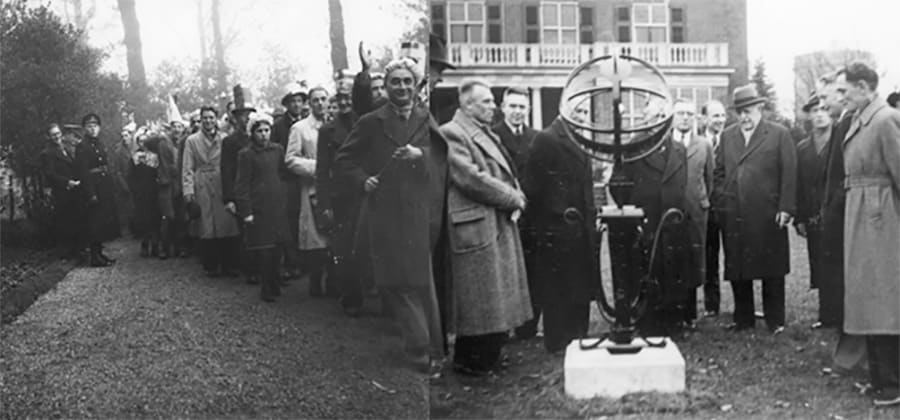
Villa De Laak and Philips – inextricably linked From 1975 onwards Villa De Laak was owned by Philips. The property was extensively refurbished and modernized in 1980, although the original features were preserved. Villa De Laak still has a representative function: as a venue for anniversaries and farewells, as a place to receive heads of state and ministers, and it is also still used for important business meetings. As Frans van Houten, former CEO of Royal Philips, once said: “In Villa De Laak a lot of ideas were conceived, special meetings took place, and decisions were made that shaped the future of our company – the future of Philips, and that also means the future of Eindhoven and of millions of people around the world.”
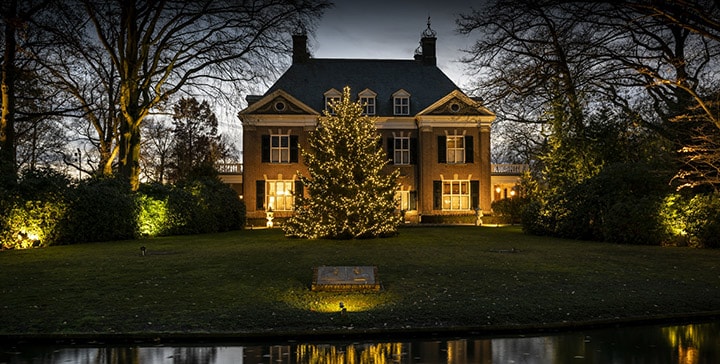
Based on research by historian Jan Paulussen.

